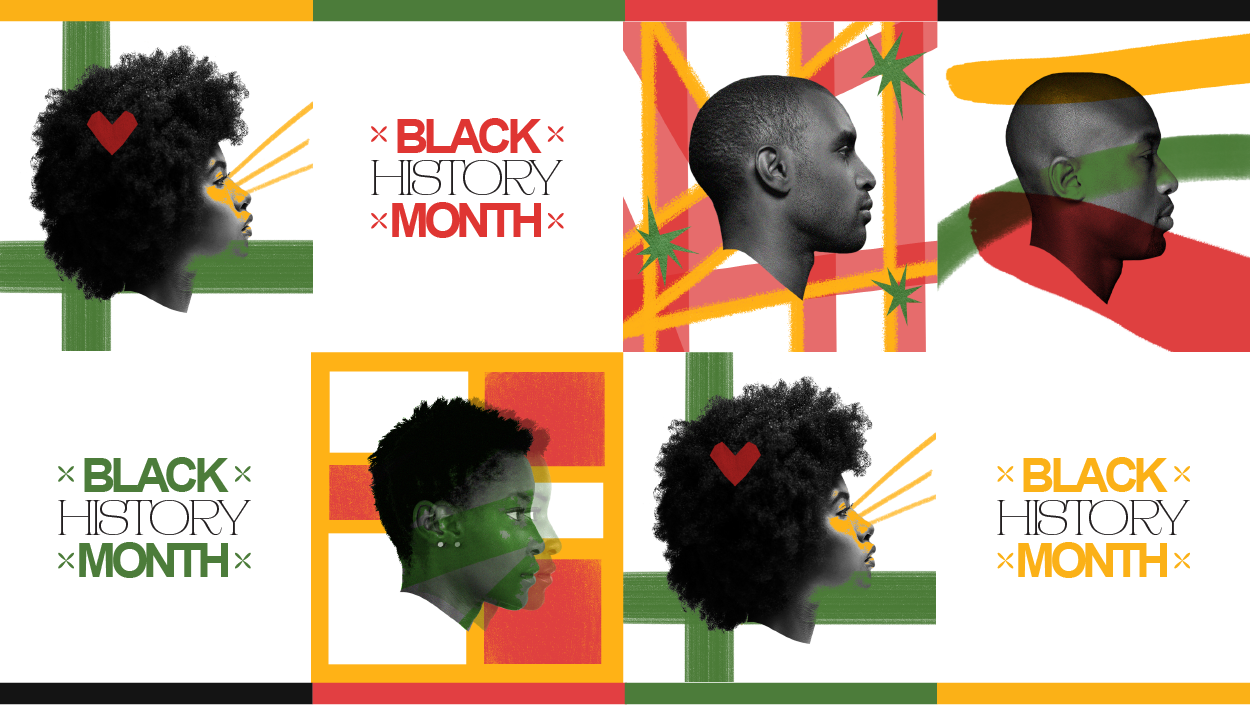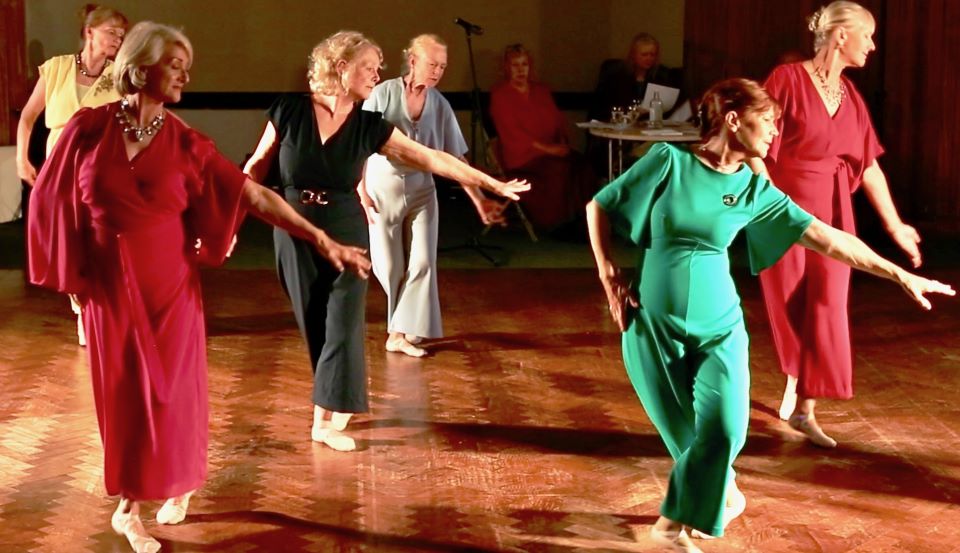Autism is a condition, which, thankfully, is a lot better known than it was just a few years ago. Yet greater awareness of autism has not necessarily translated into accurate understanding of its complexities argues Jonathan Andrews FRSA, who challenges some of the presumptions and unfounded myths about autism.
The RSA is focused on the ‘Power to Create’ and effecting social change, with a particular emphasis on expanding that power to all. An understanding of autism – that is thought to directly impact at least 1 in 100 people (though other estimates suggest the number is closer to 1 in 50, or 2% of the population – that’s over 1 million UK citizens) and many more indirectly – is vital to this mission. People diagnosed with autism are a fast-growing minority across the world, whether this is due to actual increased cases or, more likely, increased awareness meaning younger people with autism are being identified early rather than overlooked as in previous generations. The fact remains that more and more people are growing up identifying with this minority.
We’re part of society – part of families, and an increasingly larger part of the workforce – and only by truly understanding the spectrum they belong to can society truly gain the power to create a supportive environment for us. With that in mind, here are three of the most damaging myths and over-generalisations about autism today – and my response to them.
First, all autistic people see the world ‘in black and white’. Many psychological journals describe autistic people as seeing the world in terms of black-and-white, with clear divisions between right and wrong in every situation, and lacking abstract thinking. But to apply this to all autistic people is rather black-and-white itself.
Some will do, of course, because some people, lots in fact, see the world in these terms. But when autistic traits have been shown to correlate with creative and abstract thinking, it’s clear this isn’t the whole story. Autistic bloggers, who share their personal experience of autism, are more likely to report overthinking situations, and seeing more sides of a debate than others. In addition, many autistic children who begin life thinking in black-and-white terms can learn coping strategies to mitigate the downsides of this while still young.
Second, autistic people can’t “read” people It is often said that autistic people simply cannot “read” the acts, intentions and personalities of others. The truth is more complex. Many autistic people have difficulty reading non-verbal cues, but this does not mean they can’t pick up any cues at all; it just might take longer, or the cues might need to be more pronounced.
And others with autism report being able to read people very well (especially people with Pathological Demand Avoidance Syndrome, who often instinctively understand what a person wants and how to deal with them). Their social difficulties stem more from either not trusting this gut instinct. As a result, they are over-compliant to the demands of others who most would know to avoid, or being too blunt in calling out these people and suffering the social effects of this. It is too simplistic to assume autistic people aren’t ‘reading’ others just because they act in ways non-autistic people can’t relate to.
Third, acting non-autistic has no negative effects for autistic people. Many guides focused on improving functioning for people with autism focused on disguising negative autistic traits in public. Given the negativity associated with certain traits like stimming and scripting, this is not bad advice, but is often too simplistic and skims over the downsides to constantly suppressing natural behaviours in favour of what is essentially acting. One of the most noted side-effects of this is autistic burnout, also called regression.
No ASD guide or non-autistic professional makes note of it, largely because it is a very internal process and difficult to observe in others, especially by non-autistic people who don’t experience this themselves. But it is well documented by several autistic writers, bloggers, video bloggers, forum posts and journalists.
Autistic burnout is not dissimilar from the better-known workplace burnout, in that both describe exhaustion following a period of sustained effort. The difference is that autistic burnout happens far more frequently, because this effort is expended ‘fitting in’ to society, supressing autistic traits, remembering to actively perform actions and behaviours others would know to do subconsciously, and otherwise acting ‘normal’. There are very few scenarios where effort won’t be expended.
So, autism is not a clear-cut, black-and-white condition. Shades of autism affect everyone on the spectrum differently, and in ways not immediately noticeable or understandable to non-autistic observers. This does not mean others cannot help. They can do so, by learning more about autism, treating autistic self-advocates’ descriptions of autism with respect and credibility, and fighting to increase autism awareness and acceptance. And in doing so, they can create a far better world for everyone, while changing and removing some of the barriers currently in place.
Related articles
-
Black History Month: Q&A with I. Stephanie Boyce
Deborah Ajia
The first Black president of the Law Society discusses how she overcame the odds to rise to the top of her profession, and is now helping to drive social change as an RSA Fellow.
-
Keep dancing!
Barbara Berkeley-Hill
Age should be no barrier when it comes to dance. Barbara Berkeley-Hill discusses how dancing can help older generations feel younger, happier and more connected.
-
Educators as curators in the age of AI
Alex Soulsby
With artificial intelligence able to support individualised learning, educators should act as curators of knowledge – cultivating creativity, critical thinking and other competencies to help foster deeper and more meaningful connections with each student.




Be the first to write a comment
Comments
Please login to post a comment or reply
Don't have an account? Click here to register.